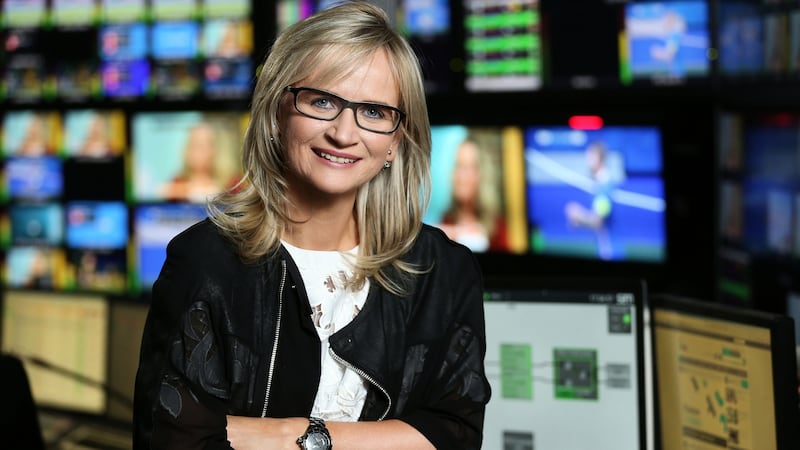It emerged over the weekend that a consultants' report last year showed RTÉ sought a €55 million annual funding boost from the State to relieve its parlous finances. It never arrived. RTÉ director-general, Dee Forbes, now appears to be limbering up to brutalise its cost base instead.
There is no doubting that RTÉ is in difficulty. It made a €13 million loss last year – its seventh annual deficit in a decade. There are only two ways to eliminate losses: cut costs or raise revenues. There is no third option.
RTÉ has no obvious source of a revenue surge on the horizon. The Government wants a five-year delay on a new unavoidable broadcasting charge to replace the leaky licence fee, which has an evasion rate of 13 per cent.

Revenues
In a media sector turned upside down by Google and Facebook, RTÉ will do well to keep commercial revenues steady. That leaves reducing its costs as the only realistic option for short-term stability.
Forbes, who was hired in 2016, has already begun the process of preparing RTÉ for pain. A range of cutback options will be finalised next month.
Her hefty €338,000 remuneration package – she is the fourth best-paid in the organisation after star presenters Ryan Tubridy, Ray D'Arcy and Joe Duffy – may work against her as she tries to justify wielding the knife.
Last week, hours before the new television season effectively kicked off with a blockbuster Late Late Show, Forbes sent a deflating email to staff warning that its financial situation is unlike “anything we have seen before”.
Yet RTÉ has, in fact, been here several times in the past. Her three predecessors – Bob Collins, Cathal Goan and, most recently, Noel Curran – all faced major financial crises. In each case, disaster was abated mostly through cost cuts.
RTÉ’s finances stabilised in 2013 and 2014, when it made small surpluses. But it has been downhill all the way since. It would have been worse had the latest slide in its fortunes not corresponded with an economic boom.
Forbes has failed to convince politicians to give her a revenue boost from the State to solve RTÉ’s ills.
The broadcaster’s top line has actually remained steady over the last five years. From 2013 until 2018, its public revenues rose by €6.7 million, while commercial revenues rose by €4.8 million.
But operating costs over the same period have risen by €33 million. RTÉ’s 1,800 staff are understandably weary of cuts but the fact remains that, in the last five years, personnel costs are up €20 million. Non-staff operating costs have risen by €13 million, with the bulk of that rise spent on buying programmes.
RTÉ appears to be simply too big and too expensive for its current revenue base. Either its expensive public service remit must be relaxed, which would vandalise its very raison d’etre, or other parts of the organisation must shrink.
Staff
The State has stumped up an extra €8.6 million for this year. But it is clear that RTÉ will be expected to solve its own problems in the long term. What is Forbes’s major vision to address this? Cuts will only get her so far.
In 2017, RTÉ sold nine acres of its-then 32 acre campus to property developers for €107 million, banking a gain of €99.5 million in its accounts after costs. That bounty will be quickly burnt up with deficits unless it acts fast.
It is becoming harder for RTÉ to justify sitting on its 23-acre Montrose site in the State’s most expensive post code in the middle of a housing crisis. RTÉ needs a structural reset, a new beginning for a fresh era of financial stability.
Selling its Dublin 4 base for perhaps upwards of €200 million, and physically rebuilding a new, digitally-focused organisation on the outskirts of the city, looks like RTÉ’s best option for safeguarding its long-term future.











